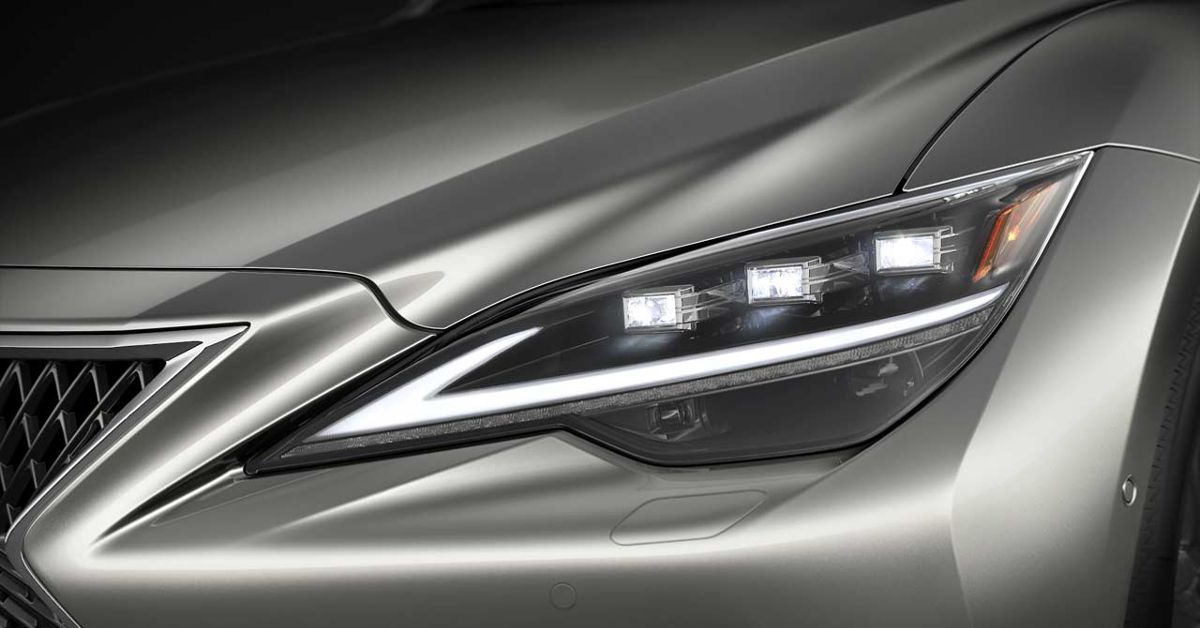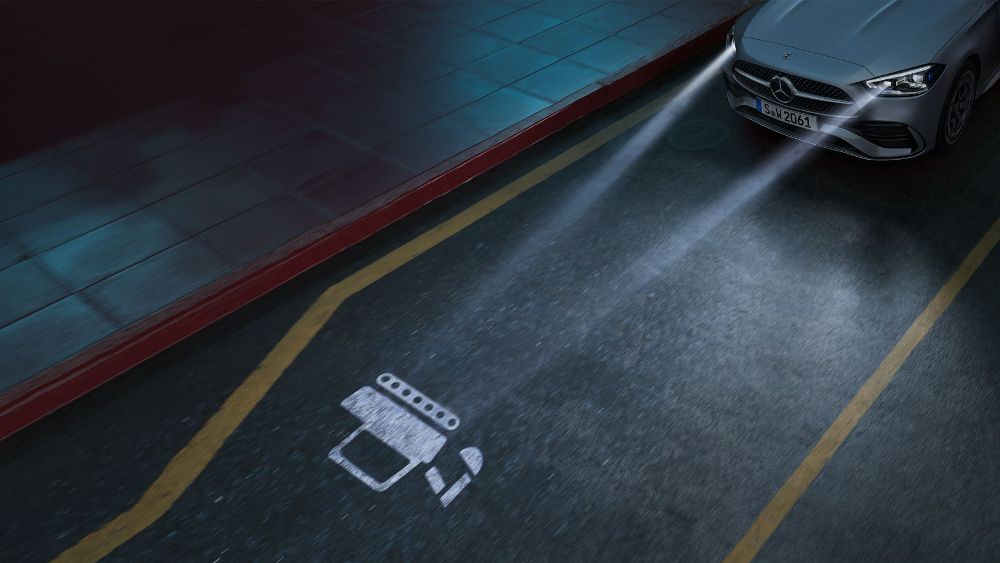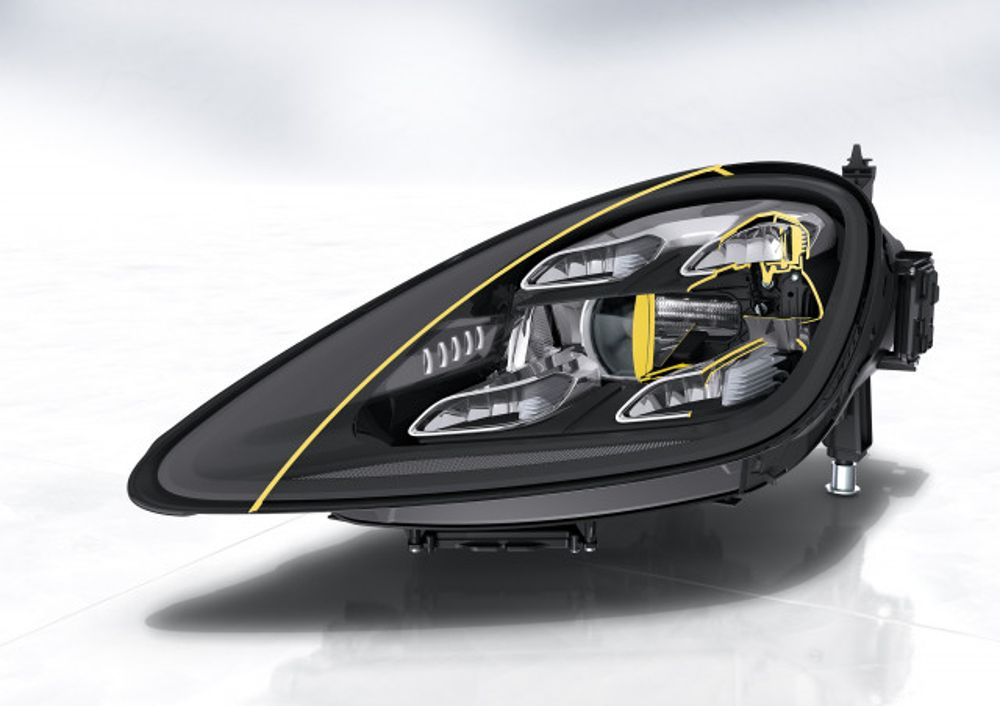Despite 60 percent less traffic on the roads, more than 40 percent of all fatal car accidents occur at night. What is more, according to the Insurance Institute for Highway Safety, nighttime crash rates per mile are nearly 20 percent lower for vehicles with headlights that earn a good rating in the institute’s headlight rating program, compared to those with poor-rated headlights.
Given these findings, it is hard to imagine that legislators would not do everything in their power to reduce the nighttime accident rate by encouraging the use of advanced lighting technologies. But, while certain technologies – such as automatic high beams – have been approved, adaptive, also known as LED matrix headlights, were not given the nod by legislators.
Adaptive headlights are headlights that actively respond to changing conditions. Their goal is to provide drivers with better visibility and more time to react to conditions ahead. The efficacy of the technology was highlighted in a test concluded in Sweden in 2015 that found Adaptive Headlights (ADHLs) significantly reduced single-vehicle passenger car injury crashes in darkness by 39 percent.
But despite many reports confirming their value, ADHLs continued to be banned in America – until the infrastructure bill was signed into law by President Joe Biden in November 2021.
This Is Why Adaptive Headlights Were Banned and How the Infrastructure Bill Fixes This
The lighting elements of matrix ADHLs are made up of several small LEDs and mirrors that are capable of precisely controlling the light beam. This allows the light to be more accurately aimed, illuminating what the driver needs to see without blinding other motorists.
This is more advanced than modern automatic high beam headlamps, which simply revert to the low beam when a car approaches. Adaptive headlights can control the lighting elements to eliminate glare while keeping the rest of the road fully lit – even allowing for the simultaneous use of the car’s low and high beams.
It's this feature that caused a problem for US regulators. A rule dating back to 1967 required headlights to have separate high-beam and low-beam elements that could not be activated simultaneously.
Because adaptive headlights use the same lighting elements for everything, they were not deemed legal, despite The National Highway Traffic Safety Administration (NHTSA) proposing an update to this legislation in 2018, saying adaptive headlights had the potential to reduce crashes.
However, getting adaptive headlights into US vehicles may still take some time.
Hidden away in the broader infrastructure bill, a small section, simply titled “Headlamps,” calls on US Secretary of Transportation, Pete Buttigieg, to amend the Federal Motor Vehicle Safety Standards to allow for the rollout of more modern technology in headlamps.
Moreover, the law creates a definition of adaptive headlights and states that a final ruling on amending the original safety standard to include them should take place within two years.
To appreciate why this is such a big deal, it’s necessary to understand how the technology works and exactly what America has been missing out on for the past decade.
The Magic Behind Adaptive Headlights
A handful of vehicles sold in the U.S., such as the Mercedes-Benz S-Class and Audi E-Tron, are sold with adaptive headlights in other markets. The new infrastructure law means that adaptive headlight technology will be allowed here as well, and possibly even offered on less-expensive vehicles.
One of the top contenders in modern ADHL technology is Audi’s Digital Matrix headlamps found in the A8. These high-density projectors use 1.3 million micro-mirrors to deliver pixel-perfect accuracy when determining the positioning of the vehicle’s driving lights on the road. In fact, the lamps can even be used to project intricate patterns or warnings onto flat surfaces as part of Audi’s driver greeting feature when they unlock the car.
The main functionality of Audi’s ADHLs, however, is illuminating the roadway, by projecting a carpet of light onto the section of road within the car’s lane. This allows a vehicle to light up its lane, and only its lane, with a brilliant light that clearly illuminates the path in front of it.
And when the driver wants to change lanes, sensors and cameras can detect when the driver begins to cross into a new lane, allowing the headlamps to direct additional light between the lane markings of the selected lane while keeping light in the original lane until the driver completes the maneuver.
What is more, ADHLs can also guide the beam away from other drivers on the road without ever having to dim the lights. Instead, using onboard cameras the system can detect an oncoming car and use the headlight’s pixel-perfect precision to aim the beam away from the oncoming driver using its complex system of mirrors and laser, all while lighting up the rest of the road.
Utilizing the vehicle’s connectivity Ford has taken ADHL technology a step further. Using GPS geo-location the lights can alter the path of illumination around curves to help drivers identify obstacles that may otherwise have been hidden from view.
There is however a downside to the technology – it’s expensive. So much so, that for the foreseeable future adaptive headlights are still only likely to be found on top of the range offerings - irrespective of the softening legislation.



